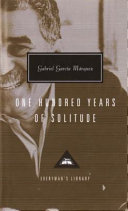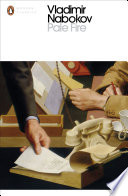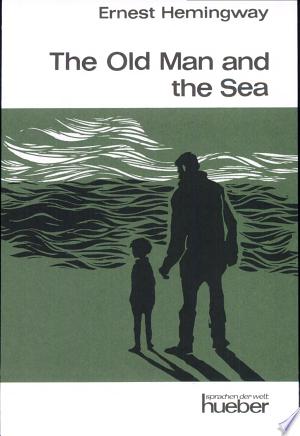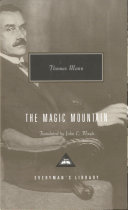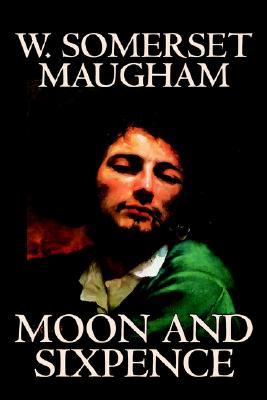
"The Moon and Sixpence" Summary
fiction | 192 pages | Published in NaN
Estimated read time: 5 min read
One Sentence Summary
A successful stockbroker abandons his family and conventional life to pursue his passion for painting, leading to a tumultuous and unconventional artistic journey.
Table of Contents
Introduction
"The Moon and Sixpence" is a novel written by W. Somerset Maugham, first published in 1919. Inspired by the life of the French post-impressionist painter Paul Gauguin, this fictionalized account delves into the complexities of the artistic temperament and the pursuit of creative passion at any cost.
Brief Synopsis
Plot Overview
"The Moon and Sixpence" is set in the late 19th and early 20th centuries, primarily in England and France. The story follows the life of Charles Strickland, a London stockbroker who forsakes his family and comfortable life to pursue his deep-seated passion for painting. His journey takes him to Paris and ultimately to Tahiti, where he lives in solitude, devoted to his art.
Setting
The novel begins in London, where Charles Strickland works as a stockbroker, but the story quickly moves to Paris, the heart of the art world at the time. The latter part of the novel is predominantly set in Tahiti, where Strickland immerses himself in a simple and primitive lifestyle.
Main Characters
The Moon and Sixpence features several noteworthy characters, but the central figure is Charles Strickland, around whom the narrative revolves.
| Character | Description |
|---|---|
| Charles Strickland | A complex and enigmatic character whose single-minded pursuit of art leads him to abandon societal norms and responsibilities. |
| Dirk Stroeve | A Dutch painter who befriends Strickland in Paris and becomes a tragic figure in the story. |
| Blanche Stroeve | Dirk Stroeve's wife, an artist who becomes infatuated with Strickland, leading to a series of tumultuous events. |
| Mrs. Strickland | Charles Strickland's long-suffering wife, who struggles to comprehend her husband's actions and choices. |
Summary of Story Points Over Chapters
Chapter 1-3:
We are introduced to the narrator, who meets Dirk Stroeve, a mediocre artist who is infatuated with his manipulative wife, Blanche. Strickland, a guest in their home, abruptly leaves, setting off a series of events that unravel the tale of his unconventional life.
Chapter 4-6:
The narrator encounters Stroeve again and learns more about Strickland's inexplicable decision to leave his family. Stroeve's loyalty and admiration for Strickland are evident, despite the latter's unconventional behavior.
Chapter 7-9:
The narrator encounters Mrs. Strickland and learns about her struggles with her husband's departure. Strickland's unapologetic pursuit of his art, regardless of the consequences, becomes increasingly apparent.
Chapter 10-12:
The narrative shifts to Paris, where Strickland's paintings gain recognition despite his reclusive nature. The complexities of human relationships and the conflict between artistic genius and personal morality are further explored.
Chapter 13-15:
The focus moves to Strickland's time in Tahiti, where he embraces a primitive lifestyle, detached from societal norms. The novel delves into the dichotomy of artistic inspiration and personal responsibility.
Chapter 16-20:
The tragic consequences of Strickland's actions and his relentless pursuit of art come to the forefront, leading to profound introspection and moral dilemmas for the characters involved.
Main Events
- Strickland's abrupt departure from London, leaving behind his family and secure life.
- The narrator's encounters with various individuals connected to Strickland, shedding light on the enigmatic artist's unconventional choices.
- Strickland's reclusive life in Paris, where his art gains recognition despite his detachment from society.
- The transformative period in Tahiti, where Strickland immerses himself in a primitive existence, consumed by his artistic passion.
- The tragic consequences of Strickland's actions, affecting the lives of those around him and prompting profound reflections on the nature of art and human relationships.
Themes and Insights
Themes
- Artistic Passion: The novel delves into the uncompromising pursuit of creative expression and the sacrifices made in the name of art.
- Individual Freedom: Strickland's rejection of societal norms and expectations highlights the theme of individual autonomy and the consequences of unbridled freedom.
- Morality and Ethics: The ethical implications of pursuing one's desires at the expense of others are central to the narrative, prompting contemplation on the boundaries of personal responsibility.
Insights
"The Moon and Sixpence" offers insights into the tumultuous nature of artistic genius, the complexities of human relationships, and the conflict between personal desires and societal obligations. The novel prompts contemplation on the price of creative freedom and the moral dilemmas inherent in the pursuit of passion.
Reader's Takeaway
Readers of "The Moon and Sixpence" are presented with a thought-provoking exploration of artistic devotion, human nature, and the intricacies of moral choice. The novel's compelling narrative and vivid characterizations offer a captivating glimpse into the tumultuous life of an artist driven by an unwavering passion for creation.
Conclusion
"The Moon and Sixpence" intricately weaves a tale of artistic fervor, personal sacrifice, and the profound impact of individual choices. Through the enigmatic character of Charles Strickland, W. Somerset Maugham crafts a narrative that resonates with timeless themes and invites readers to contemplate the intricate balance between creative ambition and moral responsibility.
The Moon and Sixpence FAQ
Who is the author of 'The Moon and Sixpence'?
What is the genre of 'The Moon and Sixpence'?
Is 'The Moon and Sixpence' based on a true story?
What is the main theme of 'The Moon and Sixpence'?
Is 'The Moon and Sixpence' a sequel to another book?

